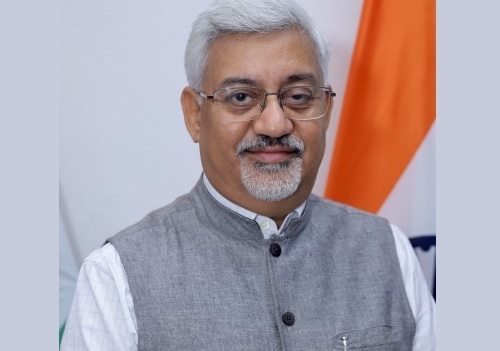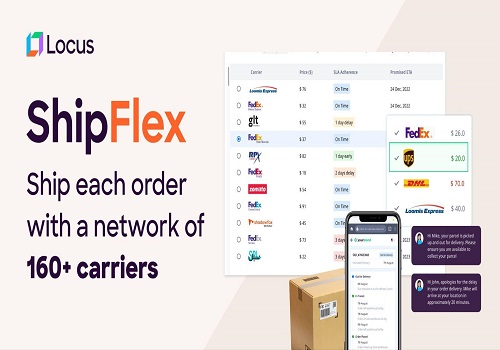India`s Tier II cities spend over 2 hr on avg shopping online per week

Follow us Now on Telegram ! Get daily 10 - 12 important updates on Business, Finance and Investment. Join our Telegram Channel
Indians from Tier II cities and beyond spend an average of 2 hours and 25 minutes per week shopping online, spending approximately 16 per cent of their income, a new report showed on Tuesday.
According to CyberMedia Research (CMR), Tier II cities, including Guwahati, Coimbatore and Lucknow among others, lead in eCommerce time spent shopping, however, among Tier I cities, Bengaluru leads with the maximum of 4 hours and 2 minutes weekly on online shopping.
"The wide range of choices, convenience, and comfort provided by eCommerce has empowered emerging young consumers in Aspirational India (Tier II, Tier III cities and beyond) to shop more online, and to fulfil their aspirations," said Prabhu Ram, Head - Industry Intelligence Group, CMR.
Moreover, the report said that the top three triggers for online shopping include attractive prices (57 per cent), convenient return and exchange processes (57 per cent) along with irresistible offers (49 per cent).
Over 55 per cent of consumers from Tier II cities purchased tech products online, with 62 per cent prioritising 5G phones and 24 per cent buying premium smartphones online.
"As consumers continue to gain digital fluency, the eCommerce boom will also significantly benefit small business owners as well. This will contribute to the rise of India's trillion-dollar internet economy," said Sugandha Srivastava, Senior Manager, Industry Consulting Group (ICG), CMR.
Further, the report showed that women entrepreneurs and others spend 149 hours annually on e-Commerce with 29 per cent of them purchasing value for money smartphones (Rs 15,000 to 20,000) online.
Gen Z shopped more frequently online (51 per cent) than Millennials (47 per cent).
About 62 per cent purchased clothing and accessories online, while 54 per cent purchased electronics and electronic gadgets online.
In Nagpur about 81 per cent purchased electronics and electronic gadgets.
Coimbatore (62 per cent) and Bhubaneswar (62 per cent) showed similar trends, the report said.












 320-x-100_uti_gold.jpg" alt="Advertisement">
320-x-100_uti_gold.jpg" alt="Advertisement">












